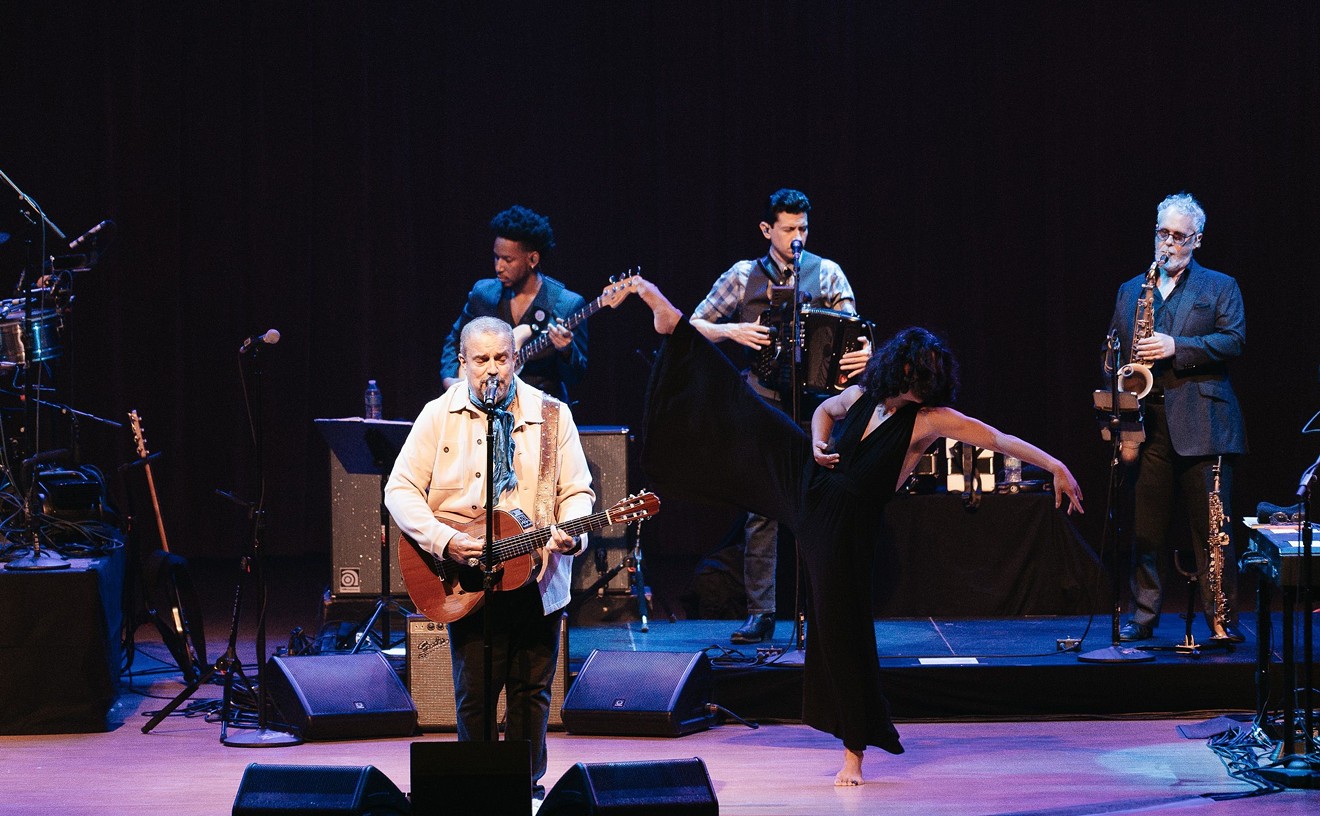Ian Curtis, born July 15, 1956, is one of the more tragic figures in rock. As lead singer of the British band Joy Division, he seemed to ride the crest of the postpunk curve, thanks to a pair of albums now deemed classics, Unknown Pleasures and Closer. Sadly, though, beneath that visionary veneer was a man besieged by both physical and mental maladies. A bout with epilepsy, marital problems, and depression eventually drove him to forsake the trappings of pop success and take his own life.
Curtis displayed artistic aptitude early on, winning a scholarship at age 11 and showing a flair for poetry. Though he remained an average student, Curtis also retained an inherent interest in music. After meeting guitarist Bernard Sumner and bassist Peter Hook at a Sex Pistols gig in 1976, the trio decided to enlist drummer Stephen Morris and form a band they initially named Warsaw. But a name conflict forced them to change their title to Joy Division, taken from a 1955 novel, The House of Dolls, written about a Nazi concentration camp that included a sex slave facility.
Yet even after reaping critical acclaim, Curtis retained his despondent persona. Awkward in public and seemingly possessed onstage, he kept his distance from other musicians, giving the impression that he was drawn toward the kind of emotional isolation embodied by his band's songs.
His vocals took on a downcast croon, which only added to the sense of angst and alienation exemplified in the material. Curtis' final performance with the band took place May 2, 1980, and it was followed by a downhill spiral resulting from the disintegration of his marriage due to an affair he had with a journalist. On the morning of May 18, 1980, his wife found him in the kitchen of his parents' home, only a few hours after he had hanged himself from a washing line. He was barely two months away from his 24th birthday. When asked in retrospect what his former bandmate was really like apart from his moody, morose persona, Stephen Morris described him as "an ordinary bloke just like you or me, liked a bit of a laugh, a bit of a joke."
The three surviving members of Joy Division opted to carry on after Curtis' death, achieving even greater success under the banner of New Order and successfully emerging from the shadow of their earlier endeavor. However, it's not always easy for a band to survive the loss of a lead singer. Foreigner and Journey's YouTube recruitments notwithstanding, it can be a challenge to find the perfect replacement for a vocalist who possesses such an indelible sound.
Here are six examples of bands that made the effort to carry on, sometimes with mixed results.
The Doors
The 1971 death of Jim Morrison in a Paris bathtub exacerbated a situation that was already headed for disaster. Keyboardist Ray Manzarek took over vocal duties in the wake of Jim's demise, but the two Doors discs that followed seemed destined for the cut-out bins almost immediately upon release. Stories have recently surfaced that Free/Bad Company singer Paul Rodgers was targeted as Morrison's replacement, but the two camps couldn't make contact. In the decades since, various one-off performances and reunions have featured guest vocalists Ian Astbury of the Cult, Ian McCullough of Echo and the Bunnymen, Scott Weiland, Perry Farrell, and Eddie Vedder.
The New Cars
After Ric Ocasek's departure for his own ill-fated solo career, the remaining members of the Cars recruited Todd Rundgren to take his place in the driver's seat. The reconfigured combo lasted all of one album before running out of gas.
Queen
Freddie Mercury's death wasn't quite enough to end Queen's reign, and though it seemed an unlikely combination, Paul Rodgers managed to take up the throne, at least for a short time. It seems Rodgers has abdicated, at least for the time being, but a recent talent competition aimed at recruiting a new vocalist ought to keep this rock royal family around a while longer.
AC/DC
The 1980 death of original singer Bon Scott threatened to undermine an impressive trajectory the Aussie quartet notched up early on. However, once he assumed the role of frontman, Brian Johnson managed to make Scott seem like little more than a footnote in the band's overall trajectory.
INXS
The suicide of lead singer Michael Hutchence put this Aussie band on hiatus. It took a reality show, Rock Star: INXS, to put them back on track. After a competition that found contestants vying for the role of lead singer, newcomer J.D. Fortune was chosen to take Hutchence's place. Misunderstandings and Fortune's own drug habit led to a temporary separation, but he was eventually reinstated in time to join the band for another tour. So, FYI, INXS soldiers on.
Renaissance: Formed in 1969, Renaissance was originally fronted by ex-Yardbirds singer Keith Relf. It was his accidental electrocution that led to a reshuffling of the band's membership, and when it emerged with singer Annie Haslam, it became a classic-rock combo with higher intents. The band will make a rare appearance at the Broward Center in October to perform such signature songs as "Northern Lights" and "Mother Russia."
Follow @CountyGrind










